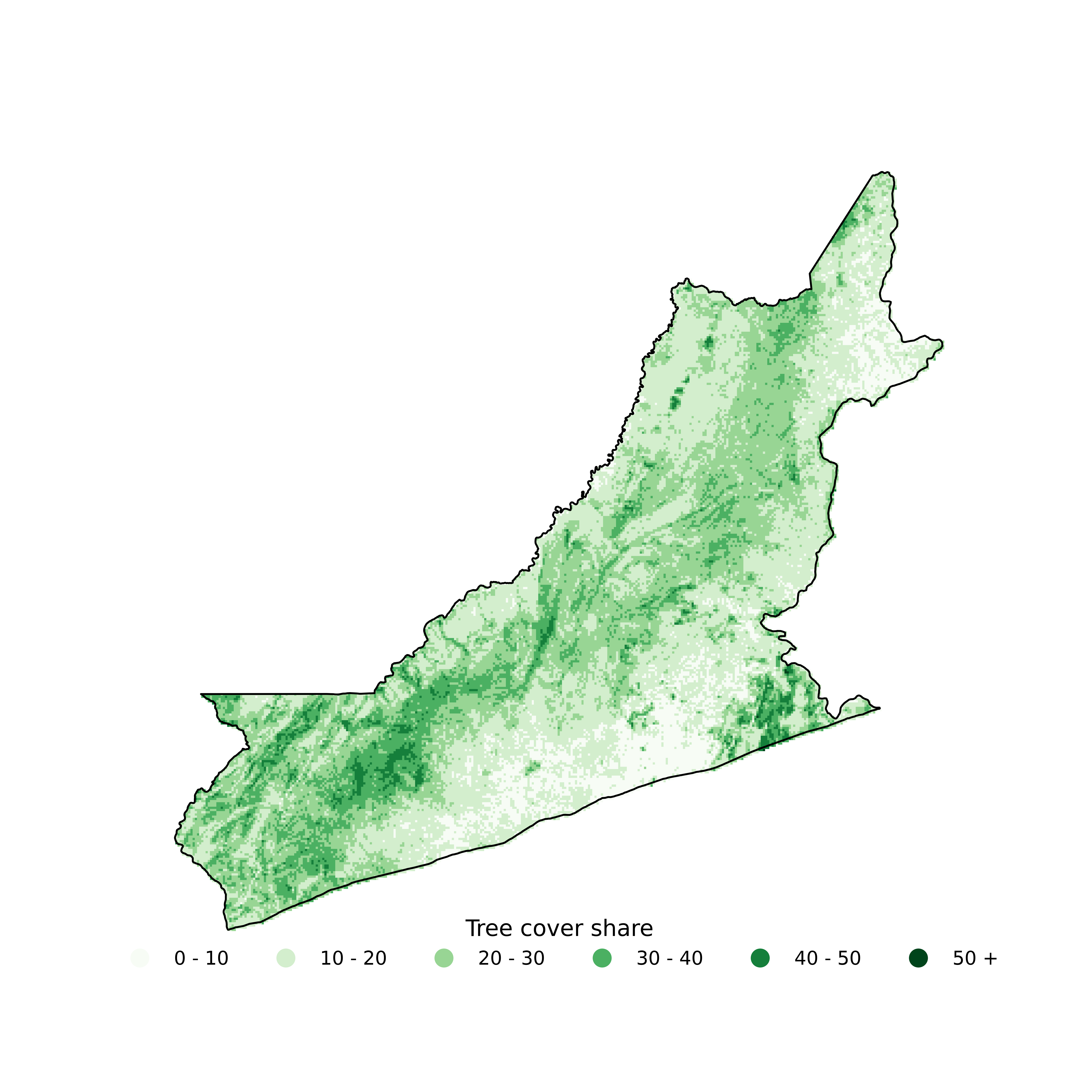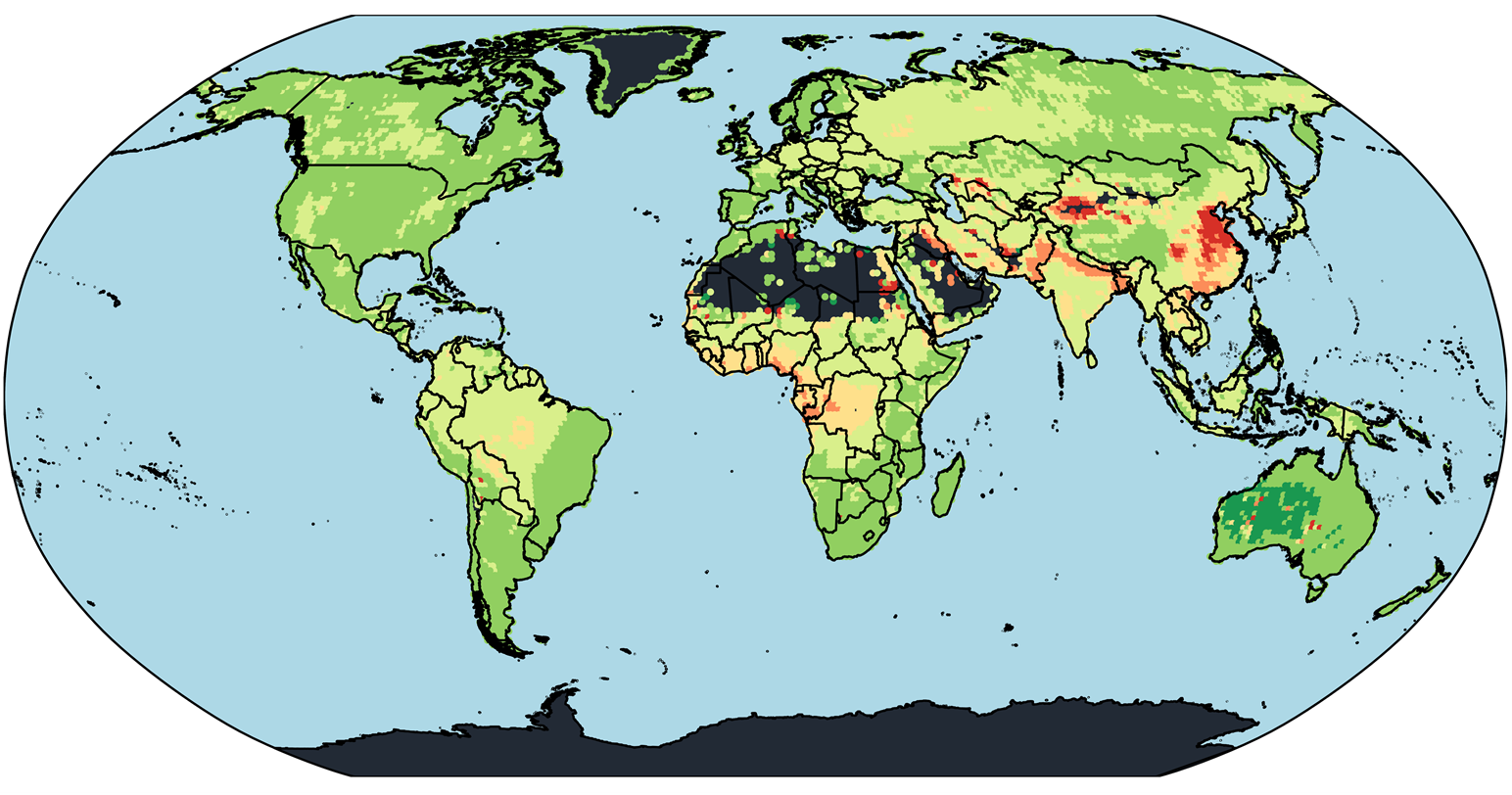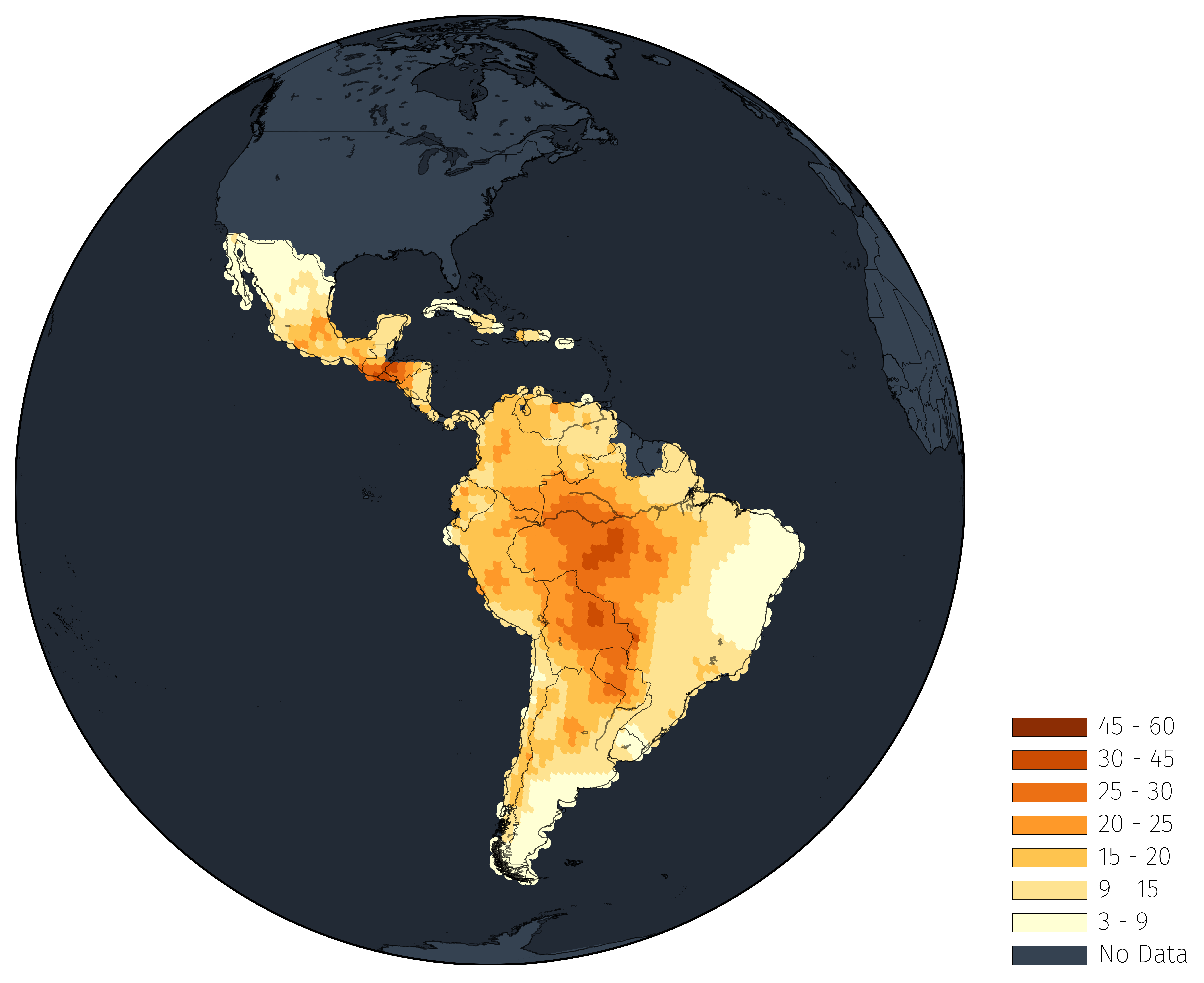Job Market Paper
Strategic Environment:
Conservation Policies Effectiveness and Strategic Behavior

In this paper, I evaluate the environmental impacts of a conservation project funded by USAID in Eastern Zambia, which established protected areas within contracted chiefdom boundaries in partnership with local authorities. Leveraging satellite and administrative data merged at the 1km \(\times\) 1km grid level from 2001 to 2023, I employ a Difference-in-Differences strategy to estimate the program’s effects on deforestation across distinct regional groups. The results indicate a significant reduction in tree cover loss within Protected Areas, though no overall impact is observed at the chiefdom level. There is no evidence of leakage to Non-Protected Areas; however, I find positive spillover effects in Non-Contracted Chiefdoms located near protection boundaries. Heterogeneity analysis reveals that conservation effects were more pronounced in areas with greater infrastructure access and human presence. Additionally, I document selection bias in the placement of Protected Areas, which were more likely to be located in remote regions with lower baseline deforestation. These findings underscore the importance of accounting for spatial targeting and incentive structures in the design of effective conservation policies.
Working Papers
Air Pollution Burden Around the World:
Distributions, Inequalities, and the Economic Benefits of Clean Air
with Jere Behrman, Emily Hannum, Oscar Morales, and Fan Wang

We construct a globally harmonized, high-resolution dataset combining satellite-based aerosol optical depth (AOD) and population data to document global inequalities in air pollution exposure. By weighting pollution by population shares, we provide one of the first comprehensive assessments of how exposure to air pollution by aerosols varies across and within countries and regions. We find large disparities: populations in Asia face average exposure levels more than three times higher than those in Oceania, and within-country inequalities reach up to 359%. Our analysis reveals compounding inequalities—regions with higher pollution also tend to be poorer, with double-ratio metrics indicating that environmental disadvantage amplifies economic inequality. Finally, we provide the first Global Compensating Equivalent Variation (CEV) estimate for clean air, finding that welfare gains from cleaner air exceed 10% of GDP in many highly polluted areas, underscoring the significant economic and social returns from targeted pollution abatement policies.
Extreme Heat and Air Pollution Risks for Early Childhood Development in Latin America and the Caribbean
with Alexandre Bagolle, Jere R. Behrman, Florencia Lopez Boo, Emily Hannum, Joaquín Paseyro Mayol, Oscar Morales, Fan Wang

Latin America and the Caribbean (LAC) is characterized by high and unequal exposure to climatic and environmental hazards, with children under five being particularly vulnerable. Specifically, exposure to air pollution and extreme heat can exacerbate health risks: sudden temperature increases can lead to heat stroke, dehydration, and even death, while warmer temperatures heighten the transmission of vector-borne diseases. Extreme temperatures can also reduce food production quality and quantity, contributing to malnutrition. Air pollution is linked to thousands of child deaths annually and to a range of non-communicable diseases (e.g., asthma, cancer, neurodevelopmental and mental health disorders), which disproportionately affect poorer households and often have long-term effects. Exposure to poor air quality and rising temperatures can also deepen poverty, exacerbate inequalities, and have intergenerational impacts, potentially increasing conflicts over time. This report addresses the significant challenges faced by LAC due to extreme heat and air pollution exposure on early childhood development (in utero to age 5). First, it introduces a framework for understanding how exposure can impact various dimensions of early childhood development, such as birth outcomes, mental health, physical health, cognitive development, and physical growth. These effects are likely to interact dynamically over a child’s lifecycle, affecting development stages in early life and beyond age five, within an ecological framework that includes families, communities, services, and infrastructure, which may mediate or intensify these impacts. Second, by considering the spatial distribution of the child population, air pollution (PM 2.5), temperature (UTCI), and economic vulnerabilities in LAC, the report provides measures and rankings of climatic and pollution burdens for children across economies in the region. Finally, it presents evidence on the effects of climatic and pollution risks on child development under age five and concludes with policy recommendations for LAC.
Unfolding the Greener Path: A Global Subnational Analysis of the Environmental Kuznets Curve
with Jere Behrman, Emily Hannum, Oscar Morales, and Fan Wang

This paper provides the first global subnational analysis of the Environmental Kuznets Curve (EKC), relating GDP per capita and air pollution by aerosol. We use satellite data for Aerosol Optical Depth (AOD), a proxy for air pollution, and merge it with subnational GDP per capita for 2010 and population estimates. Our polynomial and quantile regressions confirm a robust inverted U-shaped relationship between income and pollution globally. However, we find significant heterogeneity across the air pollution distribution, with lower pollution quantiles exhibiting a flatter curve than higher pollution ones. Estimated Pollution-GDP elasticities confirm the overall EKC trend globally, with poorer regions exhibiting positive elasticities, while richer regions show negative magnitudes. However, considerable variation exists within regions, emphasizing that the development-pollution trajectory is not uniform.